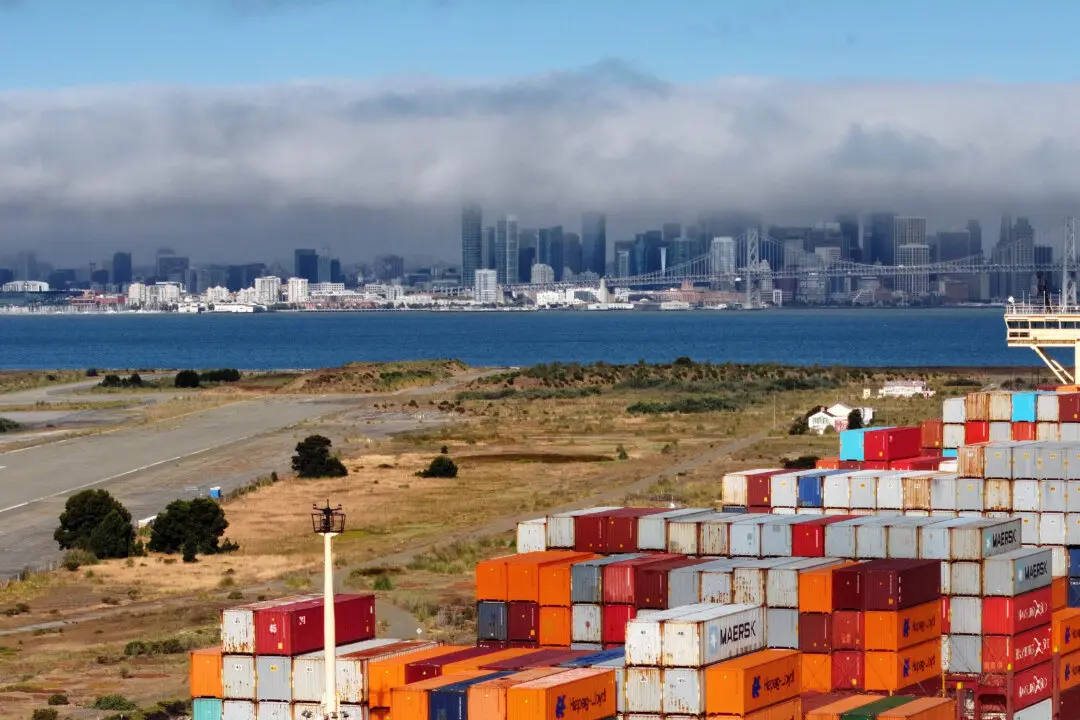How is climate change affecting America?
Different regions are affected differently. Across the U.S., average temperatures have risen since 1901, and the warming has increased in the past 30 years, according to the EPA. Of the top ten warmest years on record, seven were recorded since 1990. Many parts of the U.S. are seeing more rain and less snow. Snowfall has decreased since records began in 1930. This winter precipitation came down as rain instead. Sea levels have also been changing, but changes vary because the land is also shifting. The Mid-Atlantic and Gulf Coast have seen the greatest rise in sea levels relative to the land. Sea level has fallen in parts of Alaska and the Northwest.
Where does the U.S. stand on reducing greenhouse gas emissions?
Energy-related carbon dioxide emissions fell in 2012 to 1993 levels. This was due in part to less coal being burned by power plants because natural gas was cheap in 2012 and was used instead, according to the U.S. Energy Information Administration. Natural gas emits about half as much greenhouse gas as coal. Natural gas has become more abundant in recent years as natural gas capture through fracking has expanded. However, as natural gas prices have risen in 2013, usage has fallen with cheaper coal being used instead so 2013 emissions of CO2 are likely be higher than 2012 levels.
Are powerful hurricanes, such as Hurricane Sandy, a result of climate change?
At present scientists are unable to conclude that greenhouse gas emissions from human activity have led to larger and more frequent hurricanes. Scientists find it is difficult to isolate and verify trends in hurricane activity in part because good global historical data is limited and also because hurricanes fluctuate in number and intensity so much. Models of future trends in hurricanes do predict warming temperatures will cause measurably stronger storms by 2100, according to the National Weather Service.
How is climate change affecting animals?
One way animals are affected is the acidification of seawater as carbon dioxide gas is absorbed by the ocean and reduces the pH. Oyster harvests in the Pacific Northwest have been down for the last few years. Lower pH is the likely the culprit. As pH drops the carbonate ions naturally in the water react with acidic water molecules, which means mollusks have less material available to build their shells.
In a study from Oregon State University, researchers found that oyster larvae struggle to survive when seawater pH drops. They found that tiny oysters grow new shell 10 times faster in the first 48 hours of life than when they are five days old. But they can’t keep such growth rates up if pH falls, making the material for growing shells less available.
How is climate change affecting the economy?
This is a vast question and the answer is difficult to measure in terms of direct effects from climate change. One example is the Great Lakes, where low water levels are affecting commercial shipping. In January, the U.S. Army Corps of Engineers reported that water levels in Lakes Michigan and Huron were at their lowest recorded point and have been below average for 14 years. The other lakes are also below average. Lower water levels are a result of several factors including warmer temperatures and less ice coverage, which in turn leads to more evaporation. Less rain has also been a factor.
Lower water levels mean harbors are shallower, which means commercial freight shippers have to reduce their loads to keep from scraping the bottom. Commercial shippers have been calling for all commercial harbors to be deepened through dredging. The U.S. Army Corps of Engineers stated that 36 of 60 commercial harbors need dredging and the federal government appropriated $5.1 million for eight projects in the region.




